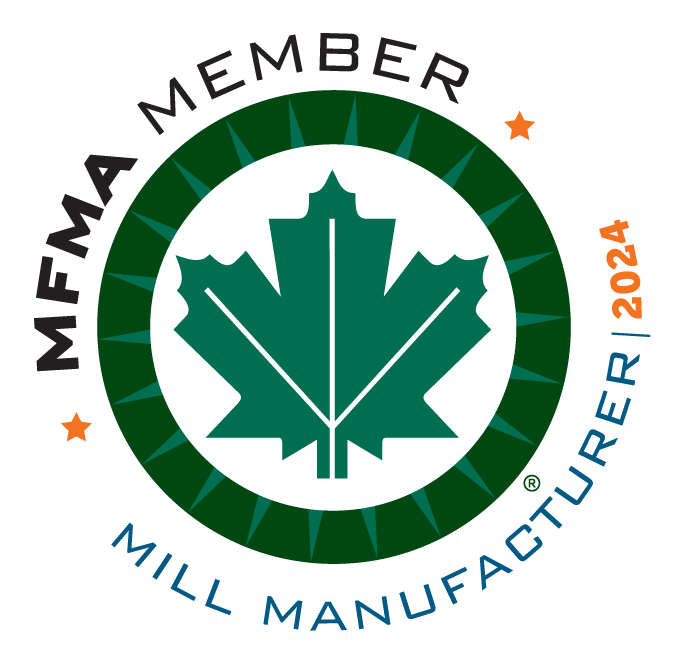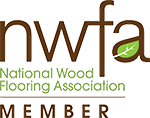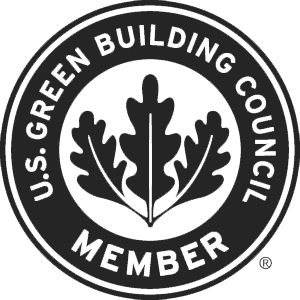Hardwood athletic floors have been hardwood much longer than they have been athletic.
Today’s high shock-absorption, resilient floors are vastly different than the subfloor assemblies prominent in the late 1800s when basketball, squash and volleyball were being introduced. Floors used for athletic activities during that time period were really designed for warehouse and industrial settings, and carried over to serve as gymnasium floors for many years to follow with no added cushioning below subfloor assemblies.
Even with the emergence of cushioned floors in the 1950s, the industrial use of non-shock absorbing floors from the turn of the century continued to be installed in gymnasiums well into the 1980s.
Hardwood athletic floors installed in today’s gymnasiums are apt to include some type of resilient pad or foam cushion support. Sport floor systems that are provided and installed by industry professionals typically include high levels of shock absorption. Shock absorption is measured and verified by third-party, independent laboratories that have equipment designed to measure characteristics that include force reduction, vertical deflection and basketball rebound.
One of the benefits of hardwood floors is longevity. Hardwood floors can provide wear-life lasting upwards of 70 years. Due to hardwood’s longevity, there are many gym floors still in use today that are based on the 100-year-old warehouse or industrial floor designs. The rigid response to athletic impacts when playing on such floors still in use today are the same as when playing on such non-resilient wood floors long before the NBA was formed.
When was the last time you watched a track event raced on cinder tracks? Do you notice the small, rubber infilled granules sprinkled to the surface when watching football on artificial turf fields? Advancements in those sports surfaces are obvious and can be seen by the human eye. The combination of elastic components and subfloor configurations below today’s hardwood athletic floors is nearly limitless but always concealed.
The long life of maple flooring offers numerous sandings, after which you are left with a clean slate. The floor can be finished with basic gameline up to what sometimes look like works of art using a mix of stains, paint and different floor grades. The design component is true whether you are on a hardwood floor system going back generations and designed for industrial applications, or on a true hardwood athletic floor designed specifically for sports and recreational activities.
The saying “You can’t tell a book by its cover” especially pertains to hardwood athletic floors. You could be playing on the most advanced resilient hardwood athletic floor available or on a rigid floor system designed well before the introduction of the jump shot and glass backboard.
Randy Randjelovic is the technical advisor at Aacer Flooring with over 40 years of experience in the hardwood floor industry. For more information, email randyr@aacerflooring.com.










